Stacking order and interlayer coupling tuning the properties of charge density
Stackingorderandinterlayercouplingtuningthepropertiesofchargedensitywavesinlayered1T-NbSe2TaoJiang1,HaotianWang1,HengGao1,QingheZheng3,ZhenyaLi1andWeiRen1,2,*1PhysicsDepartment,InternationalCenterforQuantumandMolecularStructures,ShanghaiKeyLaboratoryofHighTemperatureSuperconductors,ShanghaiUniversit...
相关推荐
-
【词汇变形总汇】2025高考词汇变形总汇 - 教师版VIP免费
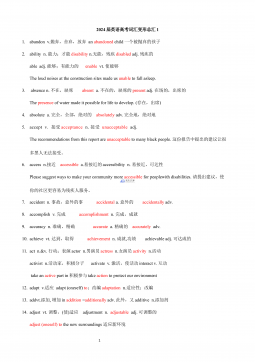
 2024-12-06 4
2024-12-06 4 -
【超简37页】新课标高考英语考纲3500词汇VIP免费
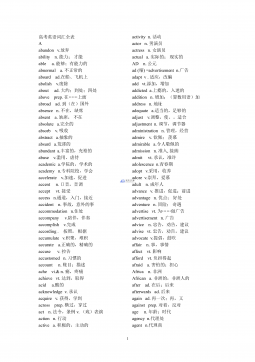
 2024-12-06 11
2024-12-06 11 -
《高考英语3500词详解》(WORD版)VIP免费
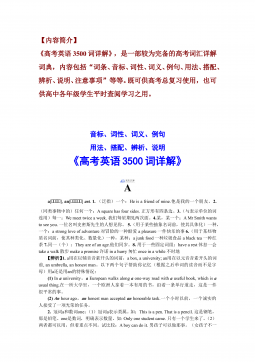
 2024-12-06 29
2024-12-06 29 -
《高考英语3500词详解》VIP免费
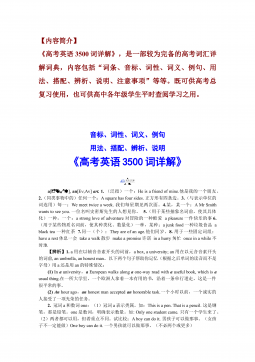
 2024-12-06 26
2024-12-06 26 -
高中英语-[教师版]80天通关高考3500词汇VIP免费
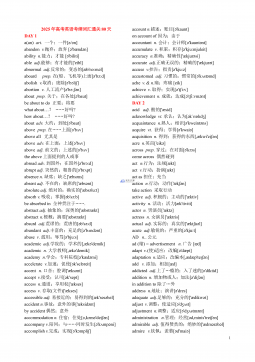
 2024-12-06 29
2024-12-06 29 -
高中人教选修7课文逐句翻译VIP免费

 2024-12-06 11
2024-12-06 11 -
高中人教选修7课文原文及翻译VIP免费

 2024-12-06 35
2024-12-06 35 -
高中人教必修4课文逐句翻译VIP免费
 2024-12-06 12
2024-12-06 12 -
高中人教必修4课文原文及翻译VIP免费
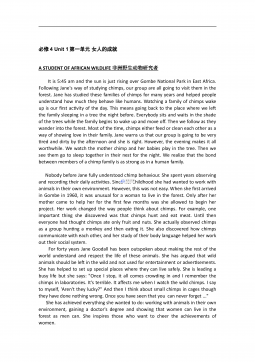
 2024-12-06 37
2024-12-06 37 -
高考英语核心高频688词汇VIP免费
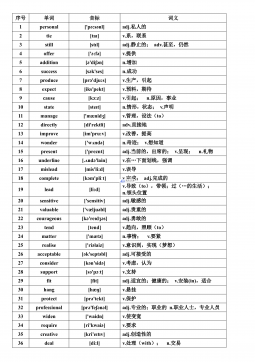
 2024-12-06 26
2024-12-06 26
作者详情
-
VP-STO Via-point-based Stochastic Trajectory Optimization for Reactive Robot Behavior Julius Jankowski12 Lara Bruderm uller3 Nick Hawes3and Sylvain Calinon1210 玖币0人下载

-
WA VEFIT AN ITERATIVE AND NON-AUTOREGRESSIVE NEURAL VOCODER BASED ON FIXED-POINT ITERATION Yuma Koizumi1 Kohei Yatabe2 Heiga Zen1 Michiel Bacchiani110 玖币0人下载

相关内容
-
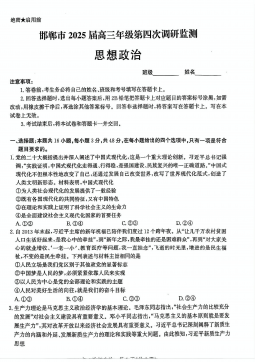
河北省邯郸市2025届高三下学期4月第四次调研监测试题 政治+答案
分类:中学教育
时间:2025-09-29
标签:无
格式:PDF
价格:10 玖币
-
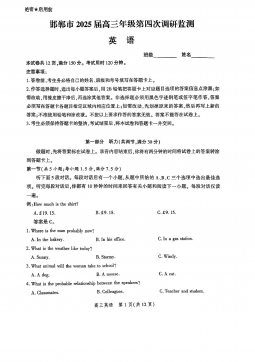
河北省邯郸市2025届高三下学期4月第四次调研监测试题 英语+答案
分类:中学教育
时间:2025-09-29
标签:无
格式:PDF
价格:10 玖币
-
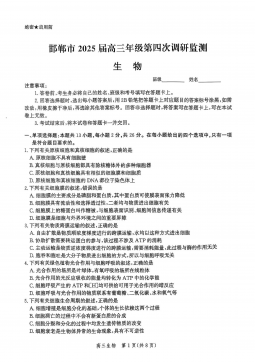
河北省邯郸市2025届高三下学期4月第四次调研监测试题 生物+答案
分类:中学教育
时间:2025-09-29
标签:无
格式:PDF
价格:10 玖币
-
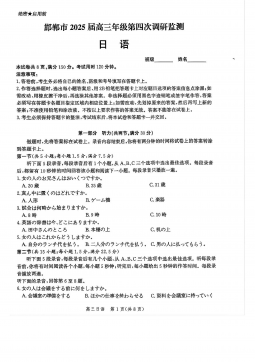
河北省邯郸市2025届高三下学期4月第四次调研监测试题 日语+答案
分类:中学教育
时间:2025-09-29
标签:无
格式:PDF
价格:10 玖币
-
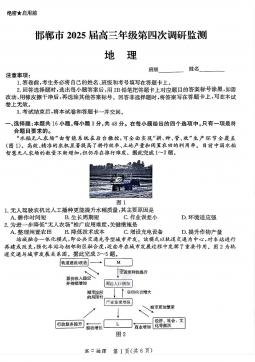
河北省邯郸市2025届高三下学期4月第四次调研监测试题 地理+答案
分类:中学教育
时间:2025-09-29
标签:无
格式:PDF
价格:10 玖币


 渝公网安备50010702506394
渝公网安备50010702506394
